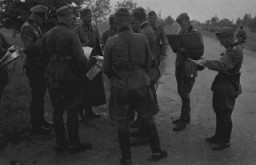You searched for: 江門外貿網站推廣有哪些【TG飞机:@bapingseo】阿联酋google网站推广怎么做【TG电报:@bapingseo】無感引流【Telegram:@bapingseo】彩47平台飞艇回血上岸戒赌简单秘籍本金五千回血30万?d0Nb2f/800342.html
<< Previous | Displaying results 151-175 of 411 for "江門外貿網站推廣有哪些【TG飞机:@bapingseo】阿联酋google网站推广怎么做【TG电报:@bapingseo】無感引流【Telegram:@bapingseo】彩47平台飞艇回血上岸戒赌简单秘籍本金五千回血30万?d0Nb2f/800342.html" | Next >>
-
Rivoli Displaced Persons Camp
ArticleAfter WWII, many Holocaust survivors, unable to return to their homes, lived in displaced persons camps in Germany, Austria, and Italy. Read about Rivoli DP camp.
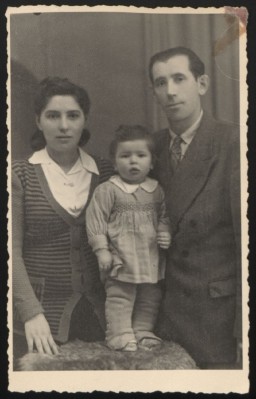
-
H.G. Wells
ArticleH.G. Wells was an author best known for science fiction titles. The Nazis objected to "The Outline of History," a non-fiction work, which was burned in 1933.
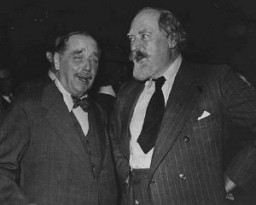
-
Jack London
ArticleJack London was an American author who wrote “The Call of the Wild.” His socialist leaning works were burned during the Nazi book burnings of 1933. Learn more.

-
John Dos Passos
ArticleJohn Dos Passos was an American author who served in World War I. During the Nazi book burnings of 1933, his works were burned for their leftist leanings.
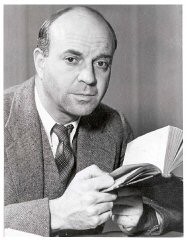
-
Marc Chagall
ArticleMarc Chagall was an artist who depicted rich imagery of Russian and Jewish life. His art was targeted in the Nazi book burnings and “Degenerate Art” exhibition.

-
Max Brod
ArticleMax Brod was a Jewish author most widely known as the biographer and editor of Franz Kafka. His works were burned in the Nazi book burnings of 1933. Learn more.
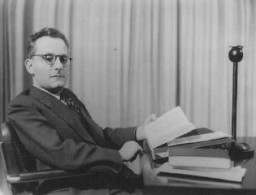
-
Rosa Luxemburg
ArticleRosa Luxemburg was a Marxist and a leader of the radical wing of the German Social Democratic Party. Her work was burned in Nazi Germany in 1933. Learn more.
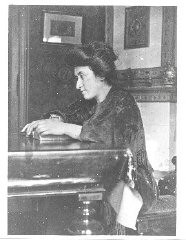
-
Sigmund Freud
ArticleSigmund Freud was the founder of psychoanalysis. The Nazis abhorred his new science and Jewish heritage. His works were burned in Germany in 1933. Learn more.
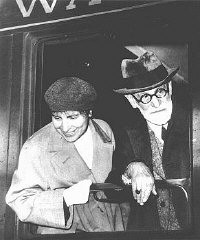
-
Stefan Zweig
ArticleStefan Zweig was a prolific author and one of the most popular writers of the interwar period. His work was burned in Nazi Germany in 1933. Learn more.
-
Theodore Dreiser
ArticleTheodore Dreiser was an American author of naturalist fiction. Censorship and bans accompanied him all his life. His works were burned in Nazi Germany in 1933.
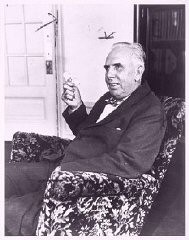
-
Thomas Mann
ArticleThomas Mann was a German author who won the Nobel Prize for Literature. His political writings were burned during the Nazi book burnings of 1933. Learn more.
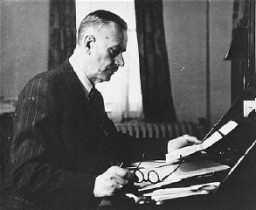
-
Upton Sinclair
ArticleUpton Sinclair was an American author whose works exposed social injustice and economic exploitation. His works were burned in Nazi Germany in 1933. Learn more.
-
Bensheim Displaced Persons Camp
ArticleAfter WWII, many Holocaust survivors, unable to return to their homes, lived in displaced persons camps in Germany, Austria, and Italy. Read about Bensheim DP camp.
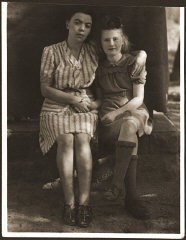
-
Bad Reichenhall Displaced Persons Camp
ArticleAfter WWII, many Holocaust survivors, unable to return to their homes, lived in displaced persons camps in Germany, Austria, and Italy. Read about Bad Reichenhall DP camp.

-
Der ewige Jude
ArticleThe Nazi Ministry of Propaganda exploited motion pictures as a medium to spread antisemitic messages. Learn about one such film, Der ewige Jude.
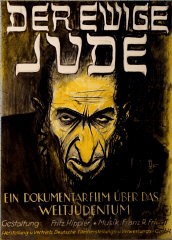
-
Reich President Paul von Hindenburg meets with Chancellor Adolf Hitler.
PhotoReich President Paul von Hindenburg poses with Chancellor Adolf Hitler. Hindenburg appointed Hitler chancellor on January 30, 1933. Germany, 1933-1934.
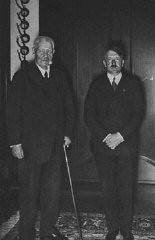
-
Survivors of a death march
PhotoTwo emaciated female Jewish survivors of a death march lie in an American military field hospital in Volary, Czechoslovakia. Pictured on the left is seventeen-year-old Nadzi Rypsztajn.The original caption reads "This girl, only seventeen years old, was forced to march 18 miles a day for 30 days on one bowl of soup a day. The 5th Infantry Division of the U.S. Third Army found 150 in the same condition when they entered Volary, Czechoslovakia."
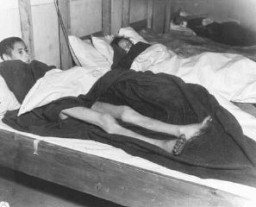
-
Warsaw Ghetto Sealed
Timeline EventNovember 15, 1940. On this date, German authorities ordered the Warsaw ghetto to be sealed.
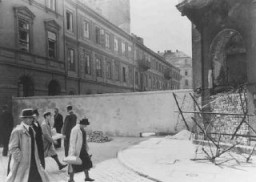
-
Belongings of Jewish victims murdered at Babyn Yar
PhotoClothing belonging to Jewish victims murdered by the SS at the nearby Babyn Yar killing site. Prior to the mass shootings, the SS ordered Jews to undress and leave their belongings. They then marched or drove the victims to the killing site. A German photographer took this image within days of the mass shootings. Kyiv (Kiev), German-occupied Soviet Union, after September 30, 1941.
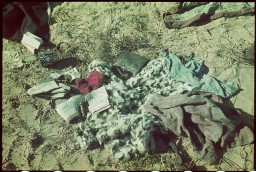
-
Portrait of Helen Keller
PhotoPortrait of Helen Keller, seated, reading Braille. September 1907. In 1933, Nazi students at more than 30 German universities pillaged libraries in search of books they considered to be "un-German." Among the literary and political writings they threw into the flames during the book burning were the works of Helen Keller.
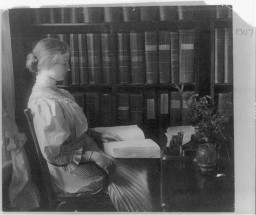
-
The 20th Armored Division during World War II
ArticleThe 20th Armored Division participated in major WWII campaigns and is recognized for liberating the Dachau concentration camp in 1945.
-
Timeline of the German Military and the Nazi Regime
ArticleKey dates illustrating the relationship between Germany’s professional military elite and the Nazi state, and the German military’s role in the Holocaust.
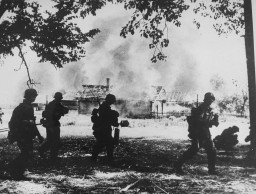
-
Granite quarried in Mauthausen
ArtifactThis photograph shows some of the 190 granite blocks donated to the United States Holocaust Memorial Museum by the Mauthausen Public Memorial in Austria. The Nazis established the Mauthausen concentration camp in 1938 near an abandoned stone quarry. Prisoners were forced to carry these granite blocks up more than 180 steps. The small blocks weighed between 30 and 45 pounds each. The larger blocks could each weigh more than 75 pounds. Prisoners assigned to forced labor in the camp quarry were quickly worked…
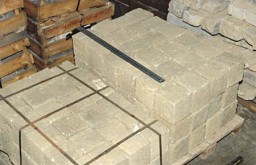
-
A genealogical chart of the Franz family
DocumentA genealogical chart of the Franz family, composed of identification photographs taken by the criminal department of the Aschaffenburg Identification Service [Erkennungsdienst]. Bavaria, Germany, 1942. This particular Romani family tree includes notes labeling individuals as "vagrants," "invalids," or "habitual criminals." Racial hygienists would collect genealogical documents or create family trees in order to identify, register, and classify all Romani people living in Nazi Germany. Roma (pejoratively…
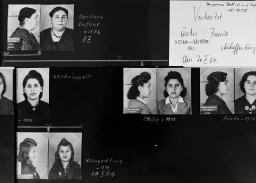
-
The Destruction of the German Garrison in Lenin
ArticleAfter the German occupation of Lenin, there was a garrison established. Learn about the partisan attack and subsequent destruction.
